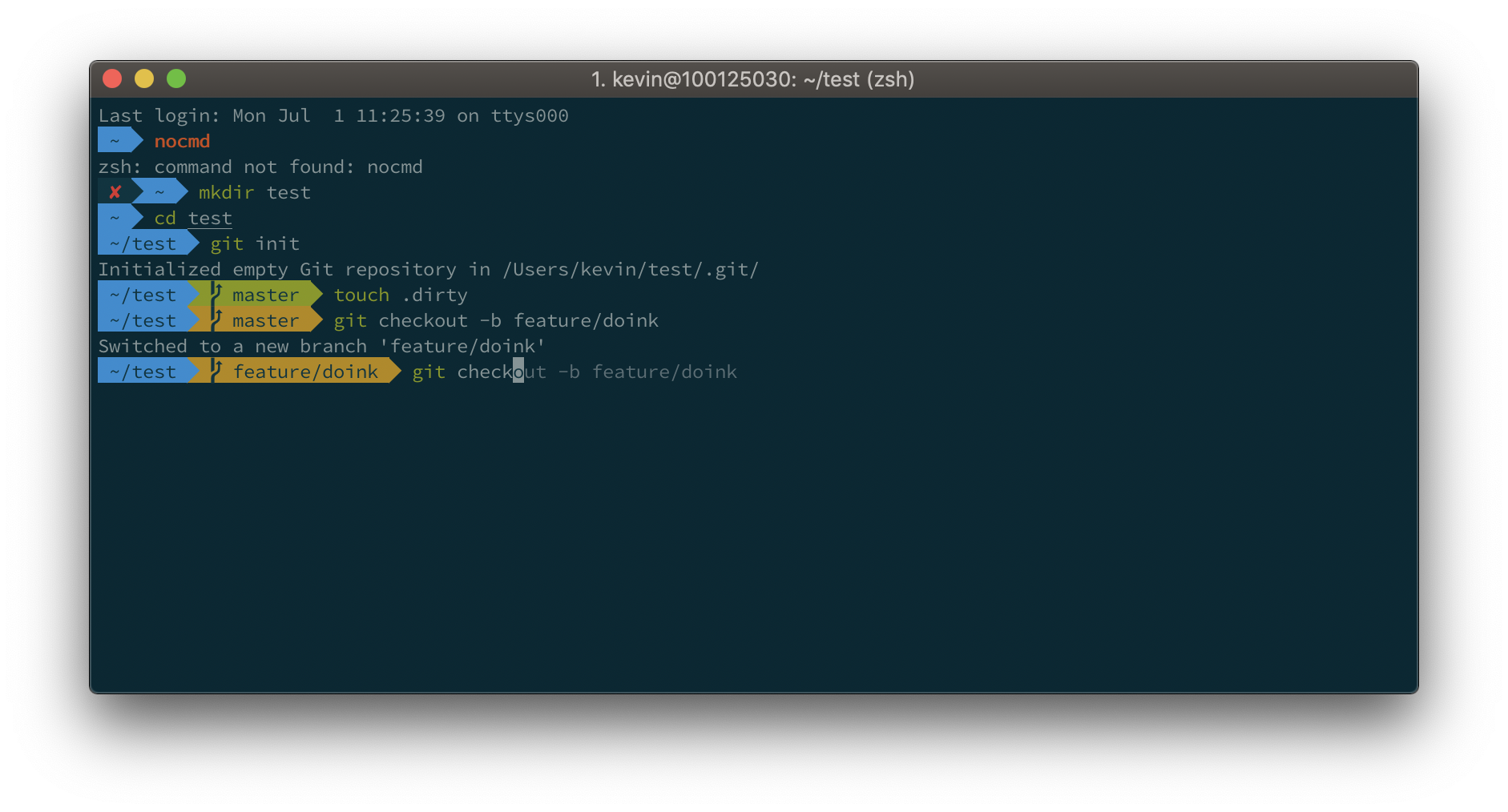- Open Telegram application then search for
@BotFather - Click Start
- Click Menu -> /newbot or type
/newbotand hit Send - Follow the instruction until we get message like so
Done! Congratulations on your new bot. You will find it at t.me/new_bot.
This file contains hidden or bidirectional Unicode text that may be interpreted or compiled differently than what appears below. To review, open the file in an editor that reveals hidden Unicode characters.
Learn more about bidirectional Unicode characters
| #!/bin/bash | |
| # | |
| # This script configures WordPress file permissions based on recommendations | |
| # from http://codex.wordpress.org/Hardening_WordPress#File_permissions | |
| # | |
| # Author: Michael Conigliaro <mike [at] conigliaro [dot] org> | |
| # | |
| WP_OWNER=www-data # <-- wordpress owner | |
| WP_GROUP=www-data # <-- wordpress group | |
| WP_ROOT=$1 # <-- wordpress root directory |
This file contains hidden or bidirectional Unicode text that may be interpreted or compiled differently than what appears below. To review, open the file in an editor that reveals hidden Unicode characters.
Learn more about bidirectional Unicode characters
| <?php | |
| /** | |
| * Get font awesome file icon class for specific MIME Type | |
| * @see https://gist.github.com/guedressel/0daa170c0fde65ce5551 | |
| * | |
| */ | |
| function ($mime_type) { | |
| // List of official MIME Types: http://www.iana.org/assignments/media-types/media-types.xhtml | |
| $icon_classes = array( |
This file contains hidden or bidirectional Unicode text that may be interpreted or compiled differently than what appears below. To review, open the file in an editor that reveals hidden Unicode characters.
Learn more about bidirectional Unicode characters
| # Path to your oh-my-zsh configuration. | |
| export ZSH=$HOME/.oh-my-zsh | |
| # Set name of the theme to load. | |
| # Look in ~/.oh-my-zsh/themes/ | |
| # Optionally, if you set this to "random", it'll load a random theme each | |
| # time that oh-my-zsh is loaded. | |
| #export ZSH_THEME="robbyrussell" | |
| export ZSH_THEME="zanshin" |
This file contains hidden or bidirectional Unicode text that may be interpreted or compiled differently than what appears below. To review, open the file in an editor that reveals hidden Unicode characters.
Learn more about bidirectional Unicode characters
| upstream plex-upstream { | |
| # change plex-server.example.com:32400 to the hostname:port of your plex server. | |
| # this can be "localhost:32400", for instance, if Plex is running on the same server as nginx. | |
| server plex-server.example.com:32400; | |
| } | |
| server { | |
| listen 80; | |
| # server names for this server. |
When hosting our web applications, we often have one public IP
address (i.e., an IP address visible to the outside world)
using which we want to host multiple web apps. For example, one
may wants to host three different web apps respectively for
example1.com, example2.com, and example1.com/images on
the same machine using a single IP address.
How can we do that? Well, the good news is Internet browsers
This file contains hidden or bidirectional Unicode text that may be interpreted or compiled differently than what appears below. To review, open the file in an editor that reveals hidden Unicode characters.
Learn more about bidirectional Unicode characters
| // Reference: http://www.blackdogfoundry.com/blog/moving-repository-from-bitbucket-to-github/ | |
| // See also: http://www.paulund.co.uk/change-url-of-git-repository | |
| $ cd $HOME/Code/repo-directory | |
| $ git remote rename origin bitbucket | |
| $ git remote add origin https://github.com/mandiwise/awesome-new-repo.git | |
| $ git push origin master | |
| $ git remote rm bitbucket |
NewerOlder

